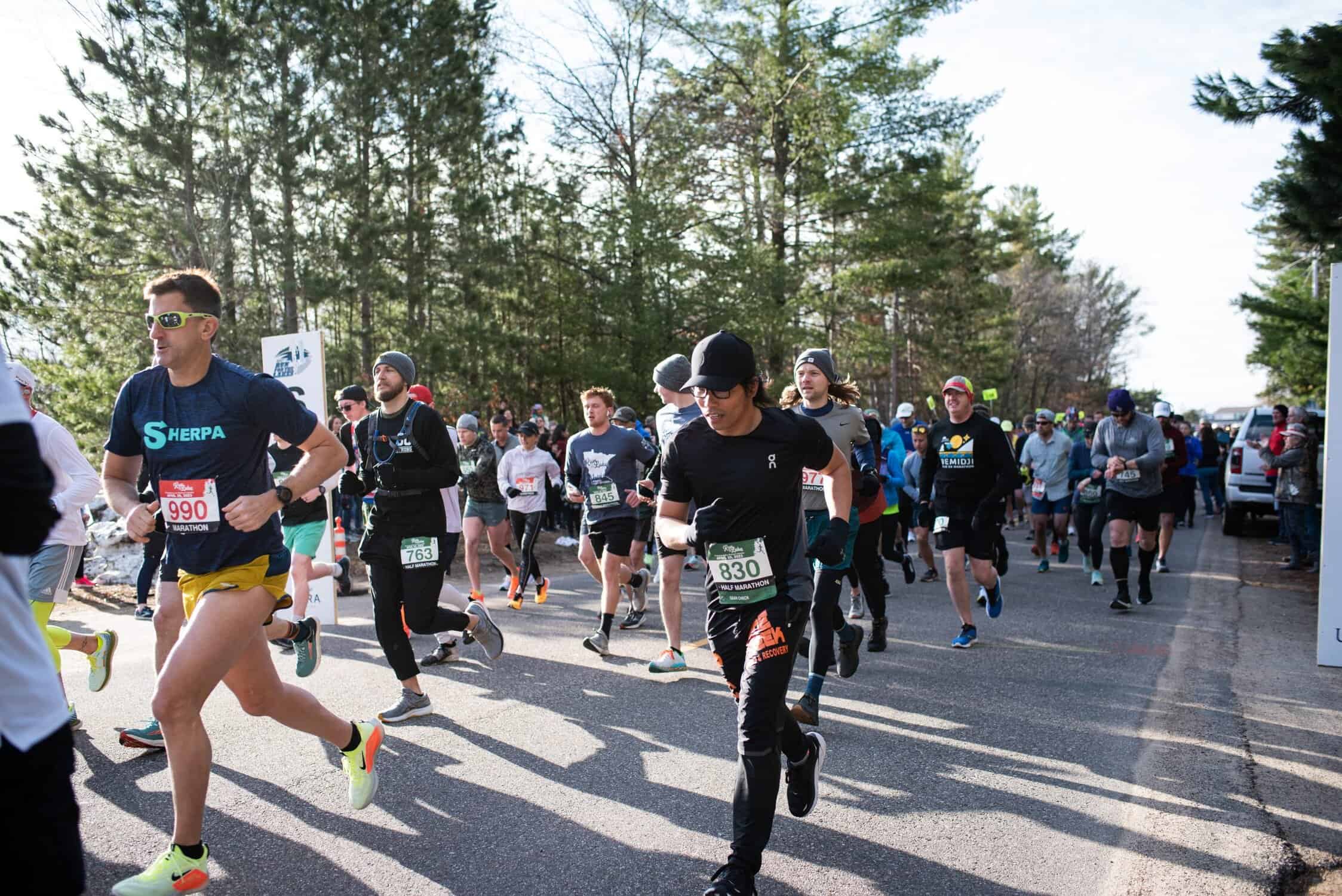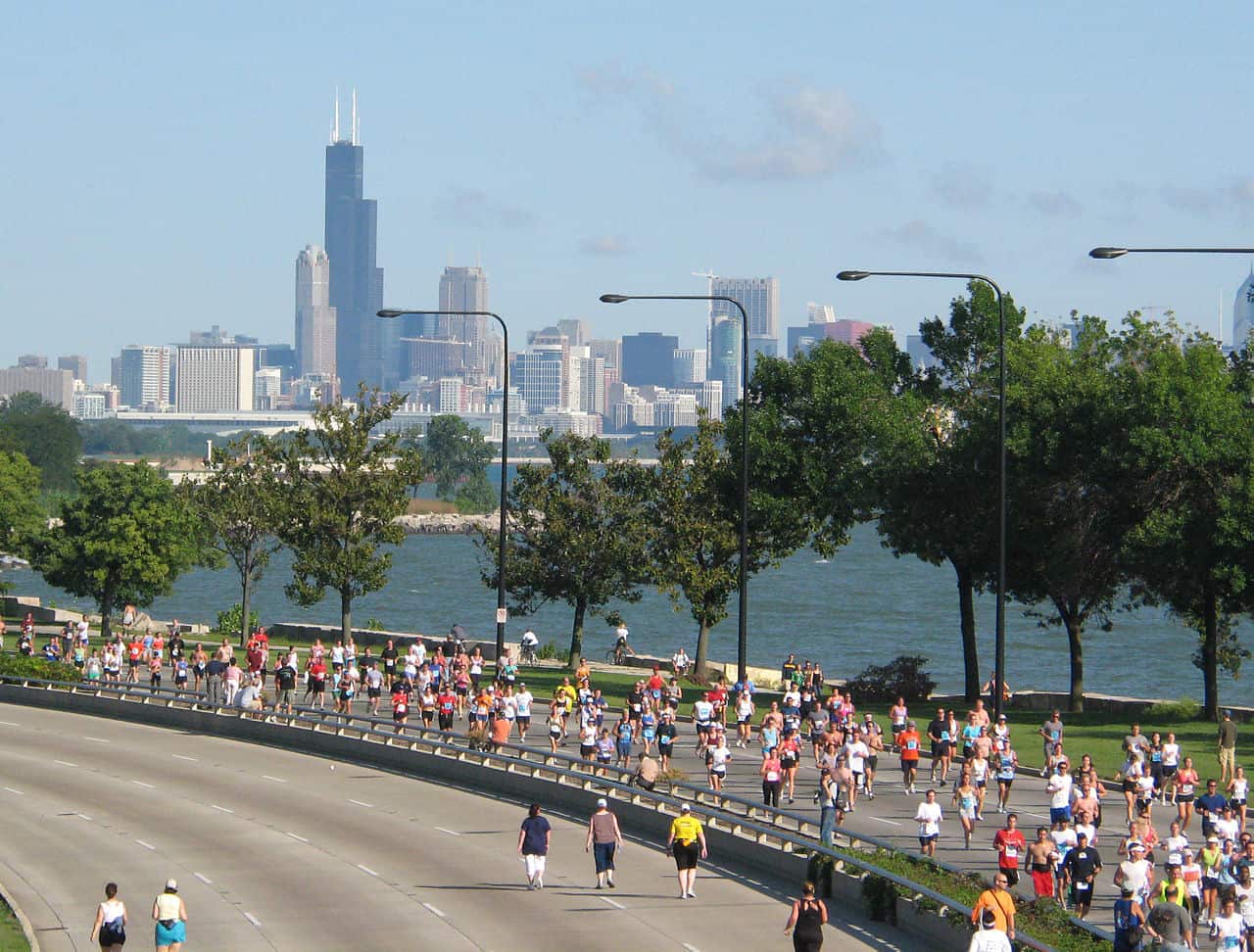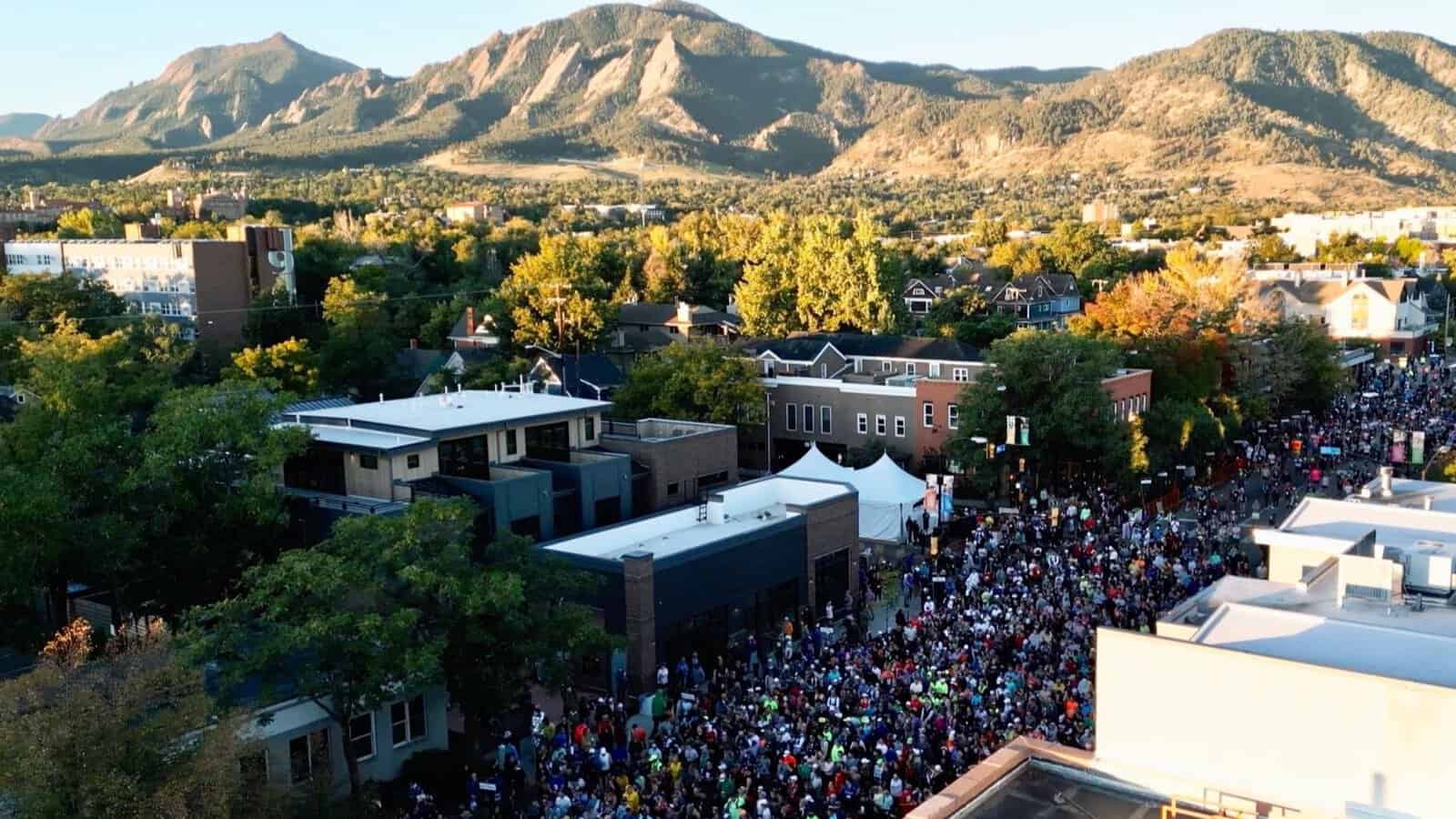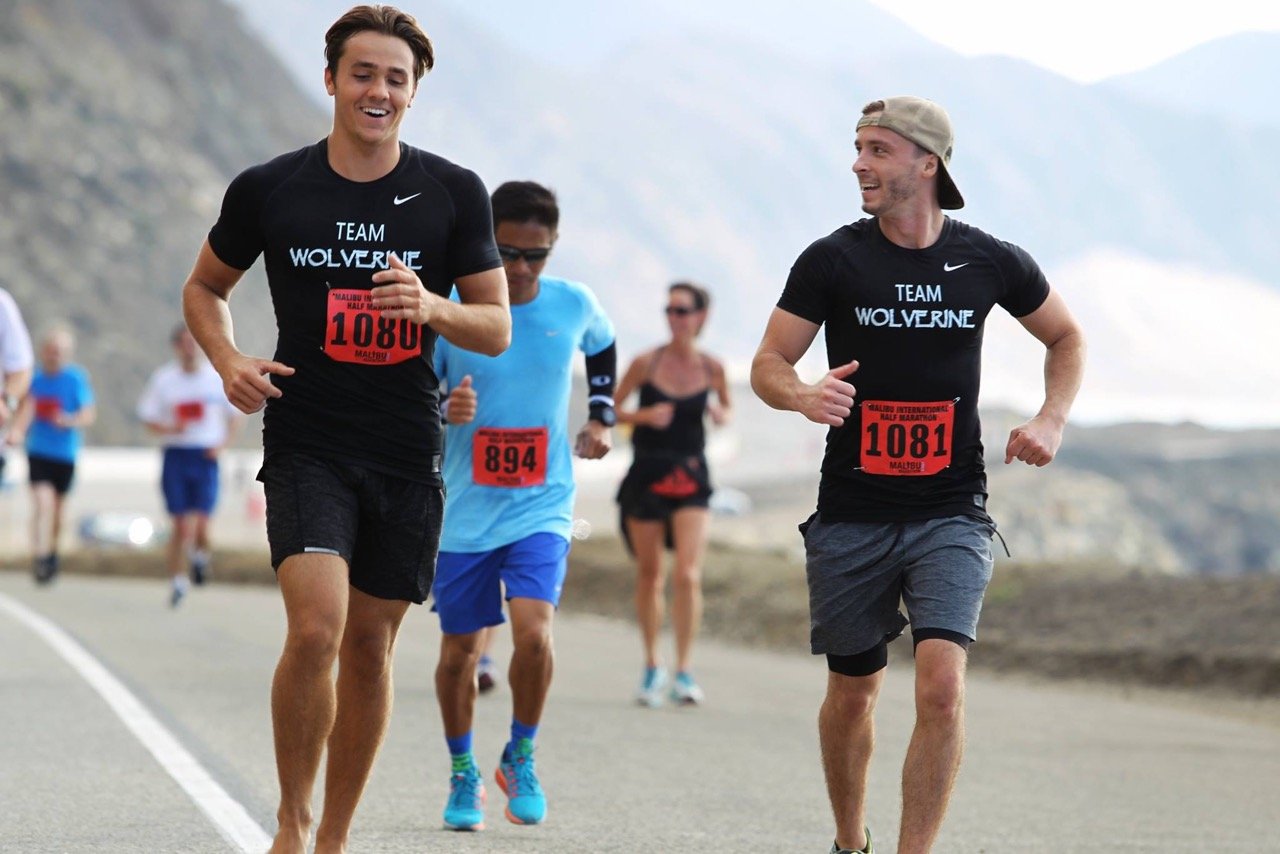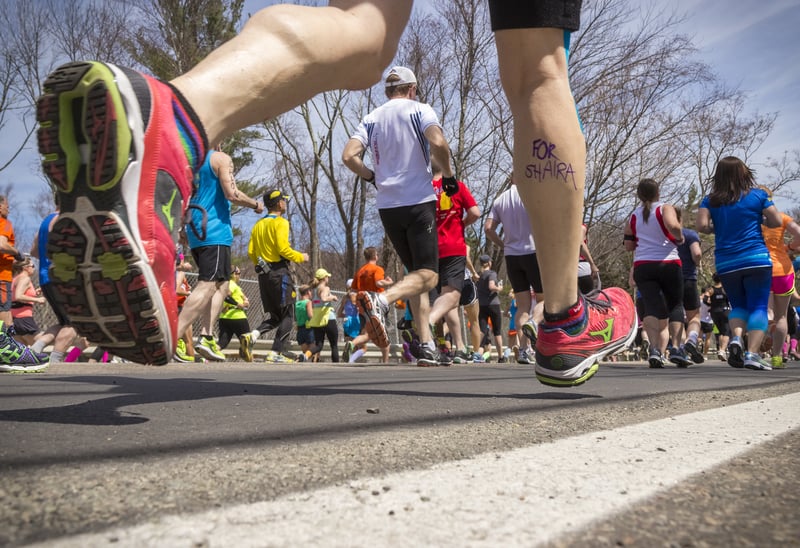
For runners, planning a season of races means budgeting. For those hunting for a races every open weekend, entry fees add up. Everything from a $5 community 5K to the $255 New York City Marathon takes a toll on the bank account.
So, where is all of your money going?
HalfMarathons.Net interviewed race directors from across the country to find out about some hidden costs we don’t know about and why races cost what they do.
Brae Blackley, founder and Executive Director of ZOOMA Women’s Race Series, says there is one thing most people don’t think of.
“People who organize races have to get paid,” Blackley says. “They have to make money to live. For some races, people volunteer and that’s great. But for a race with 10,000 runners — that’s a full time job for a number of people.”
Blackley says ZOOMA races are a bit more expensive than other half marathons — $105 — because they give out a hefty swag bag, offer a catered meal at the finish line and try to be up to date with the latest-available technology, even if it comes at a cost.
Race swag costs money
“We have top-of-the-line timing with a finisher video, immediate streaming updates, kiosks where you can check your time immediately after the finish,” Blackly says. “It’s expensive.”
But even for the basics, the costs add up quickly. Blackley says police costs can come in anywhere from $4,000 to $12,000.
Update: For a number of large-city races, police costs can climb even higher — much higher in some cases, as this tweet from the organizers of Philadelphia’s Oddysey Half Marathon points out:
@halfmarathons @ndiblasio In a big city the described police costs are low. For a Half they can easily range $30,000-$120,000. (Just Police)
— ODDyssey Half Marath (@ODDysseyHalf) January 5, 2015
Crew members are also a major cost. They need to be paid come out to set the course up, set up water and aid stations, help with race day and take things down.
“When you have crew, a lot of time they aren’t local,” Blackley says. “What are the chances you have 10 people who really know how to put on a professional race course living in your town? You might have to fly them in, pay hotel, per diem, even rent vehicles for them if you want it done right.”
Other costs include insurance for each participant, toilets, medals and t-shirts. Another necessity? The $1,500 to $4,000 it costs to have medical people on stand by in case there is an emergency.
Then there are the little things runners can’t do without.
“Our Annapolis half marathon course has 2,000 cones, so we have to pay to rent them and pay to put them all out,” Blackley adds to the list.
People aren’t happy to hear when a race fee increases. The New York City Marathon jumped about $60 in 2012 to help cover the cost of police.
“The increase in the marathon price reflects both rising operating costs for N.Y.R.R. and the new fee instituted by New York City this year on organizations like ours, to help N.Y.P.D. offset rising costs of police manpower,” the New York Road Runners said in a statement.

‘I never drink the beer or eat the pizza’
“I feel like it’s gotten out of hand,” says Lisa Fu, 39, Brooklyn, N.Y., about races in general. “I understand it’s the demand that drives the prices, but I’d be willing to give up certain post race festivities (entertainment, snacks) just to keep costs low.”
Lauren Parry, 33 of Royston, Ga., says she would gladly pass on the post-race parties to save some money.
“I never drink the beer or eat the pizza or get massages,” Parry says. “Throw me some chocolate milk and a bagel with PB and I’m good to go.”
Kim Barron, 41 of North Potomac, Md., says a half marathon without a medal or a shirt should only cost $30 tops. “Add a tech shirt and bling and $55 or even $60 isn’t bad but these $100 halfs are ridiculously priced.”
Barron says there should be no difference between the cost of a 5K and a half marathon. “The only thing that changes is the distance. The organizers still have to pay insurance, permit and so forth,” she says. “The only way to justify to me the $100 is if at least half of it is given to a good cause.”
Joseph Karnes the race director for the Santa Fe Thunder Half Marathon is proud to call his race 100 percent volunteer and to benefit a nonprofit called Global Running Culture. For the upcoming September 20th race in 2015, the entry fees are $55 early registration (until June 15), $65 regular and $75 late registration (after September 1).
Race shirts are a big cost
“The biggest line item for most races is t-shirts,” Karnes says. “Having a high quality dri-fit shirt with a well-designed logo is critical to establish a good reputation.”
Because of the race’s for-charity purpose, Nike’s N7 program provided shirts for the races past for years and plans to continue for at least the next three years. Sports Authority provides Brooks podium T-shirts, Karnes says.
“Other big line items are bus transportation for our runners,” Karnes adds. Last year, the race required 15 buses and drivers. But the list of costs goes on and on: “Port-a-pots, insurance, timing, awards, advertising and marketing, the pre-race dinner and associated events and on course entertainment.”
“We also expend funds on having a special guest each year, who gives a talk at the pre-race dinner and our free Global Footprints Youth Run the day before the half marathon,” he notes.
Jess Cover, director of marketing & communications for RunVermont which puts on races like the Half Marathon Unplugged and Vermont City Marathon in Burlington, Vt., which is in its 27th years, agrees that personnel is a major cost.
“There is not a day that goes by in the calendar year that we aren’t working on the event,” Cover says. RunVermont employs five part-time and two full-time staff members, and a 50-member race committee.
For big races, the 2013 Boston Marathon changed everything
Another expense? Security. “Since Boston, about 10 percent of registration fees go to security,” Cover says. That means police officers before after and during the event, firefighters and medics on call.
“We need to cover our expenses,” Cover says. “Any money we make goes into our youth programing.”
Erik Boucher, owner of GiddyUp productions, an events management and production company that specializes in marathons, half marathons and trail races says: “The value of the experience probably matches the cost of the race itself. You get what you pay for.”
Boucher’s company is for profit. He says a 10,000 person race could bring in a profit of $200,000. Other than entry fees, Boucher says, races bring in money through sponsors who donate money or contribute in other ways like paying for shirts or volunteering at water stands.
“The cost of these races reflects what the market price is,” Boucher says. “Organizers may charge whatever people will pay, regardless of amenities being offered.”
As races have grown more and more popular, race directors agree runners’ expectations rise. ZOOMA founder Blackley says she does her best to please, but the occasional criticism over cost still hurts.
“The thing that hurts us most is when people say we are being greedy,” Blackley says. “We are working hard to do a good job. There are a million details.”


